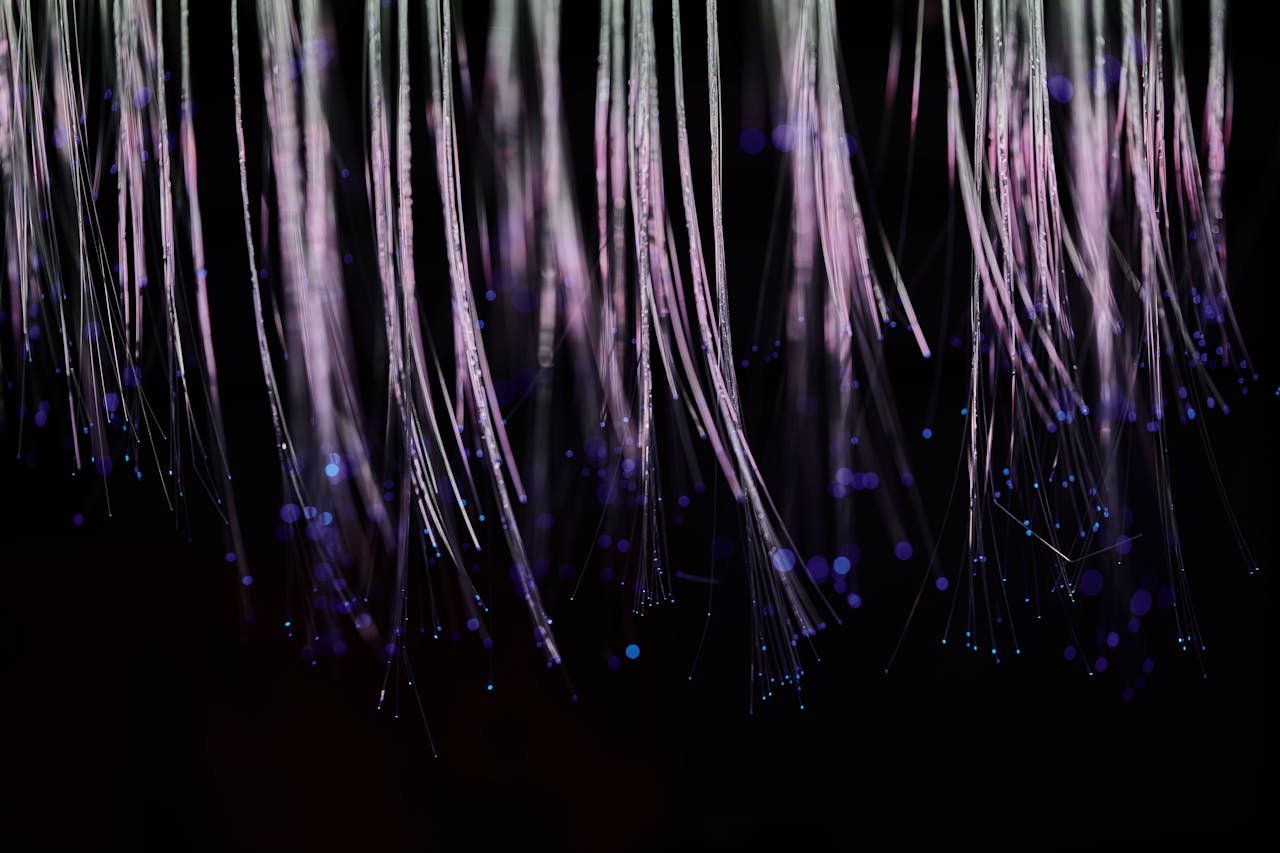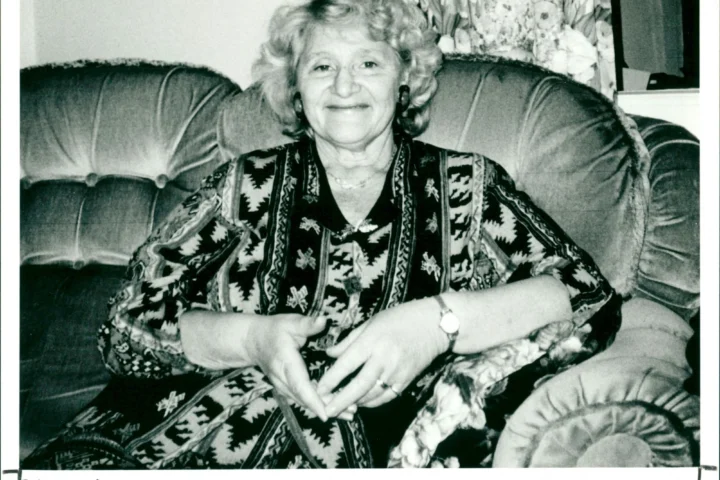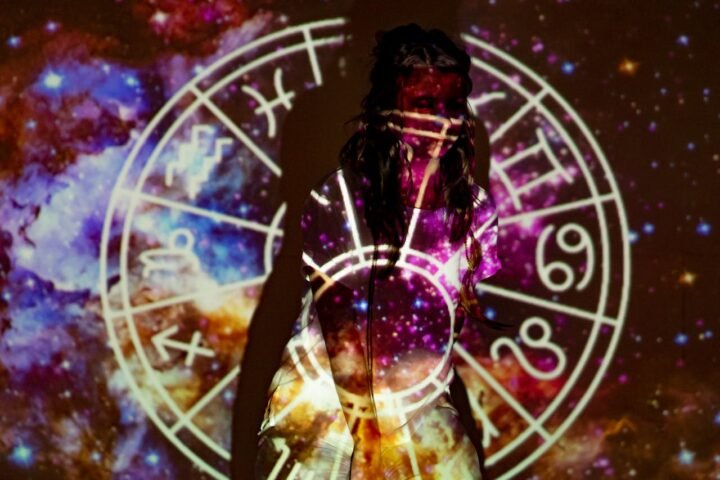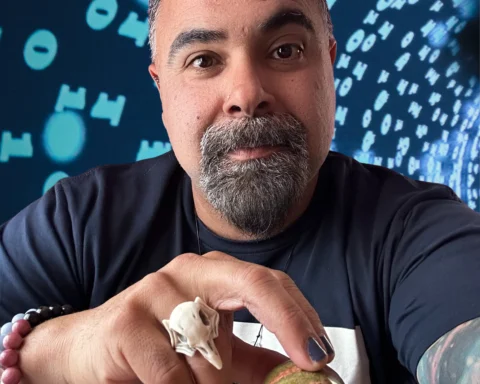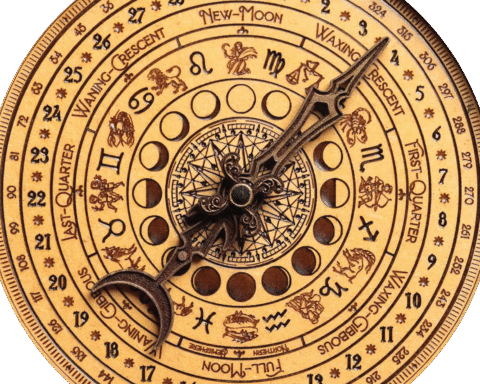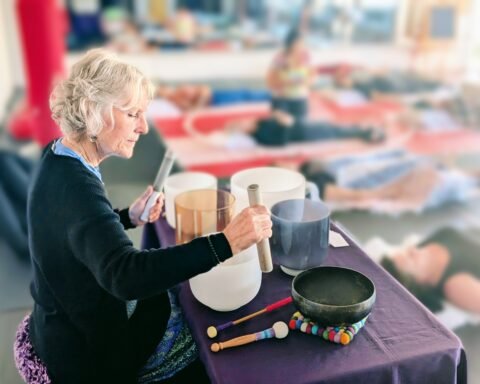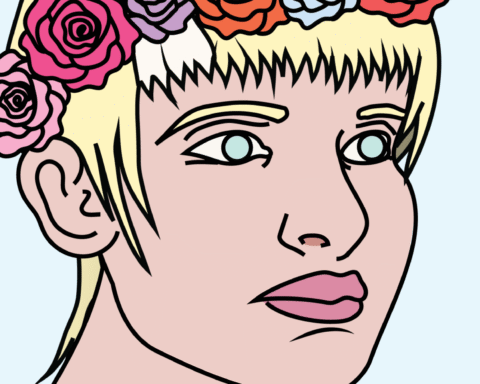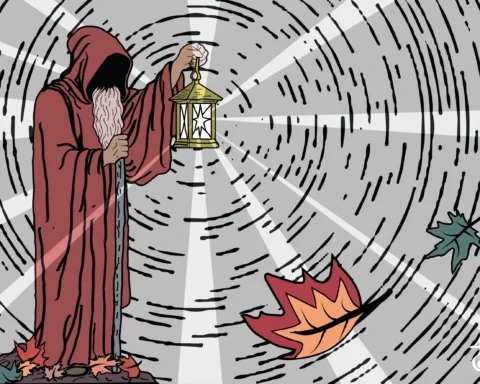In the ever-evolving tapestry of human knowledge, few threads weave as intricately as those of science and spirituality. As researchers delve into the profound mysteries of consciousness, both fields are engaging in an ongoing dialogue that may redefine our understanding of what it means to be human.
The Nature of Consciousness
Consciousness has puzzled philosophers, spiritual leaders, and scientists alike for centuries. Defined broadly, it refers to the state of being aware of and able to think about one’s own existence, thoughts, and surroundings. Yet its essence remains elusive. Neuroscientists like David Chalmers describe it as “the hard problem” of understanding why and how we have subjective experiences—“the feeling of being you” (Chalmers, 1995).
Recent advancements in neuroscience have begun to illuminate some aspects of this enigma. Functional MRI scans reveal that specific areas of the brain activate during various conscious states, suggesting a biological basis for certain aspects of awareness (Raichle et al., 2001). However, these scientific findings alone fail to encapsulate the experiential dimensions that spiritual traditions describe.
Bridging Science and Spirituality
In recent years, a growing number of researchers have sought to bridge the gap between these two domains. For instance, the interdisciplinary work of scientists like Dr. Andrew Newberg at Thomas Jefferson University has focused on the neural correlates of spiritual experiences. Newberg employs brain imaging techniques to study individuals during deep meditative states and prayer, uncovering patterns of brain activity associated with transcendent experiences (Newberg & Waldman, 2006).
His research suggests that spiritual practices can not only enhance well-being but may also alter consciousness in measurable ways. As he states in his book, “How God Changes Your Brain,” these practices may create a state of unity in the brain, promoting feelings of interconnectedness and compassion (Newberg & Waldman, 2006).
Quantum Mechanics and Consciousness
The dialogue between science and spirituality takes on a deeper dimension when exploring quantum theory. Physicists like Dr. Amit Goswami argue that consciousness might be fundamental to the universe, not merely a product of neural processes. Goswami’s work in “The Self-Aware Universe” posits that consciousness is an intrinsic aspect of reality, thus reframing the relationship between observer and observed (Goswami, 1993).
While this idea remains contentious, it ignites meaningful discussions about the interplay of mind and matter. The concept echoes spiritual philosophies such as Buddhism, which propose that consciousness shapes perception and reality. As Dr. Fritjof Capra notes, “The main lesson of modern physics is that everything is interconnected” (Capra, 1982).
Spiritual Models of Consciousness
Beyond the scientific framework, various spiritual traditions offer rich interpretations of consciousness. In Eastern philosophies, such as Hinduism and Buddhism, consciousness is viewed as a continuum—an essence that transcends the individual self. The idea of Brahman, the ultimate reality in Hindu thought, suggests that individual consciousness is a manifestation of a greater universal consciousness, uniting all beings in an intricate web of existence (Eliade, 1958).
Meanwhile, the mystical traditions within Christianity, Islam, and Jewish Kabbalah also explore the depths of consciousness and its relationship to the divine. Reflective practices such as prayer, contemplation, and meditation serve as gateways to experiencing higher states of awareness, often prompting a sense of unity with the cosmos.
A Call for Integration
As science pushes the boundaries of understanding consciousness, integrating insights from spirituality offers a holistic perspective that can reshape contemporary thought. Both realms address questions that demand exploration—what it means to exist, how to cultivate awareness, and what lies beyond our current understanding of reality.
In his book “The Conscious Universe,” psychologist Dean Radin argues that to dismiss spiritual insights would mean ignoring an integral piece of the consciousness puzzle (Radin, 1997). As we explore the intersections of science and spirituality, we may discover that they are not opposing forces but rather complementary pathways leading to a deeper understanding of our existence.
Conclusion
The quest to understand consciousness invites us to consider our most profound questions about identity, purpose, and interconnectedness. By fostering conversations between science and spirituality, we can create an enriched framework that honors the complexity of human experience. As we move forward, it remains essential to embrace the wisdom each field offers, reminding us that the exploration of consciousness is both an intellectual pursuit and a spiritual journey.
References
- Chalmers, D. J. (1995). Facing Up to the Problem of Consciousness. Journal of Consciousness Studies, 2(3), 200-219.
- Capra, F. (1982). The Tao of Physics. Shambhala Publications.
- Eliade, M. (1958). Patterns in Comparative Religion. Sheed & Ward.
- Goswami, A. (1993). The Self-Aware Universe: How Consciousness Creates the Material World. Tarcher.
- Newberg, A., & Waldman, M. (2006). How God Changes Your Brain: Breakthrough Findings from a Leading Neuroscientist. Ballantine Books.
- Raichle, M. E., MacLeod, A. M., Snyder, A. Z., Powers, W. J., Giloten, K. L., & Sokoloff, L. (2001). A default mode of brain function. Proceedings of the National Academy of Sciences, 98(2), 676-682.
- Radin, D. (1997). The Conscious Universe: The Scientific Truth of Psychic Phenomena. HarperEdge.


